Cyclic synchronous control modes — cyclic synchronous position, cyclic synchronous velocity, and cyclic synchronous torque — are standardized operation modes of drives, defined in the CiA 402 profile specification, CANopen device profile for drives and motion control and included in the IEC 61800-7 standard, Adjustable speed electrical power drive systems — Part 7: Generic interface and use of profiles for power drive systems.
These control modes are often used with multi-axis systems that require coordinated motion and can be used on various Ethernet networks, including EtherCAT, CANopen over Ethernet (CoE), and Ethernet POWERLINK.
The key feature of cyclic synchronous control (position, velocity, and torque) is that the host controller — such as an EtherCAT master — generates the trajectory, taking this function from the drive. The master send the target parameter (position, velocity, or torque) to the drive via real-time, cyclic synchronous communication according to the PDO update cycle.
Cyclic synchronous communication means that messages are transmitted continuously at fixed intervals (cyclic) with the master and drive time-synchronized according to a standard protocol.
Process data objects, or PDOs, are used for the communication of real-time, high-priority control and status information. The transmission of a PDO occurs based on a triggering event, which is defined in the device’s object dictionary. One of the triggering events for a PDO is synchronous, cyclic transmission, in which the PDO is transmitted upon reception of a SYNC message.
When using cyclic synchronous control, if the servo loop update rate is faster than the communication bus rate, an interpolation time period must be defined. The drive uses this interpolation time period to perform a linear interpolation between the cyclic communication of the target values from the master.
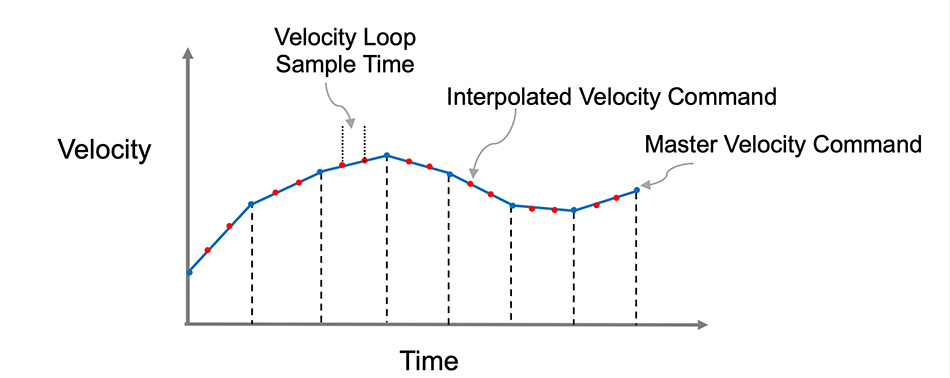
Image credit: Celera Motion
With cyclic synchronous position (CSP) control, the master sends a target position to the drive in accordance with the PDO update cycle, based on the actual motor position and, in some cases, velocity and torque as well. The drive closes the control loops, which can be simple PID control or cascaded control with position, velocity, and torque loops. Limit functions can also be defined in CSP mode to prevent the motor from moving to beyond the intended range. Cyclic synchronous position mode is often used in applications with distributed control.
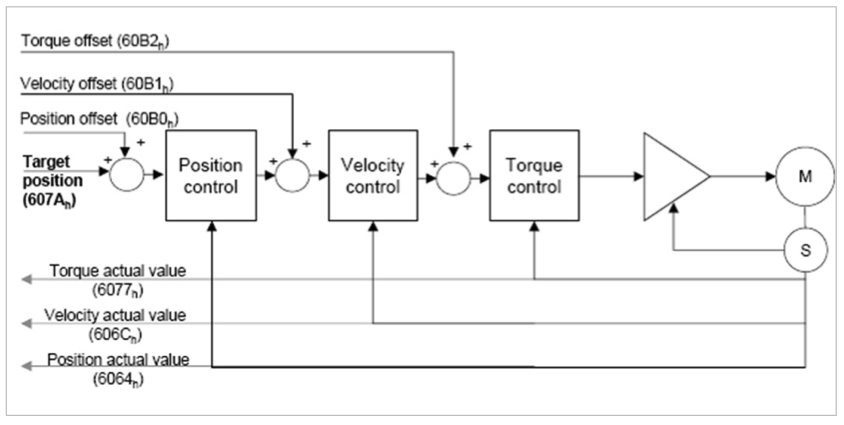
Image credit: Harmonic Drive
In cyclic synchronous velocity (CSV) mode, the master sends a target velocity to the drive in accordance with the PDO update cycle, based on the actual motor velocity and torque. The output of the velocity control loop is an input for the torque control loop, and velocity and torque offsets may also be sent to the drive for feed-forward control. With CSV mode, the maximum motor velocity and “quick stop” functions can be defined. Cyclic synchronous velocity mode is often used for speed-control applications, such as spindles.
In cyclic synchronous torque (CST) mode, the master sends a target torque value to the drive, and the drive closes the torque loop without consideration for the actual velocity or position. With CST control, both the maximum torque and maximum motor speed can defined. Cyclic synchronous torque mode is well-suited for applications where the load fluctuates and servo loop gains need to be adjusted in real-time.



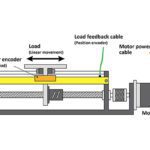
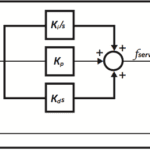
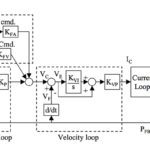

Leave a Reply
You must be logged in to post a comment.